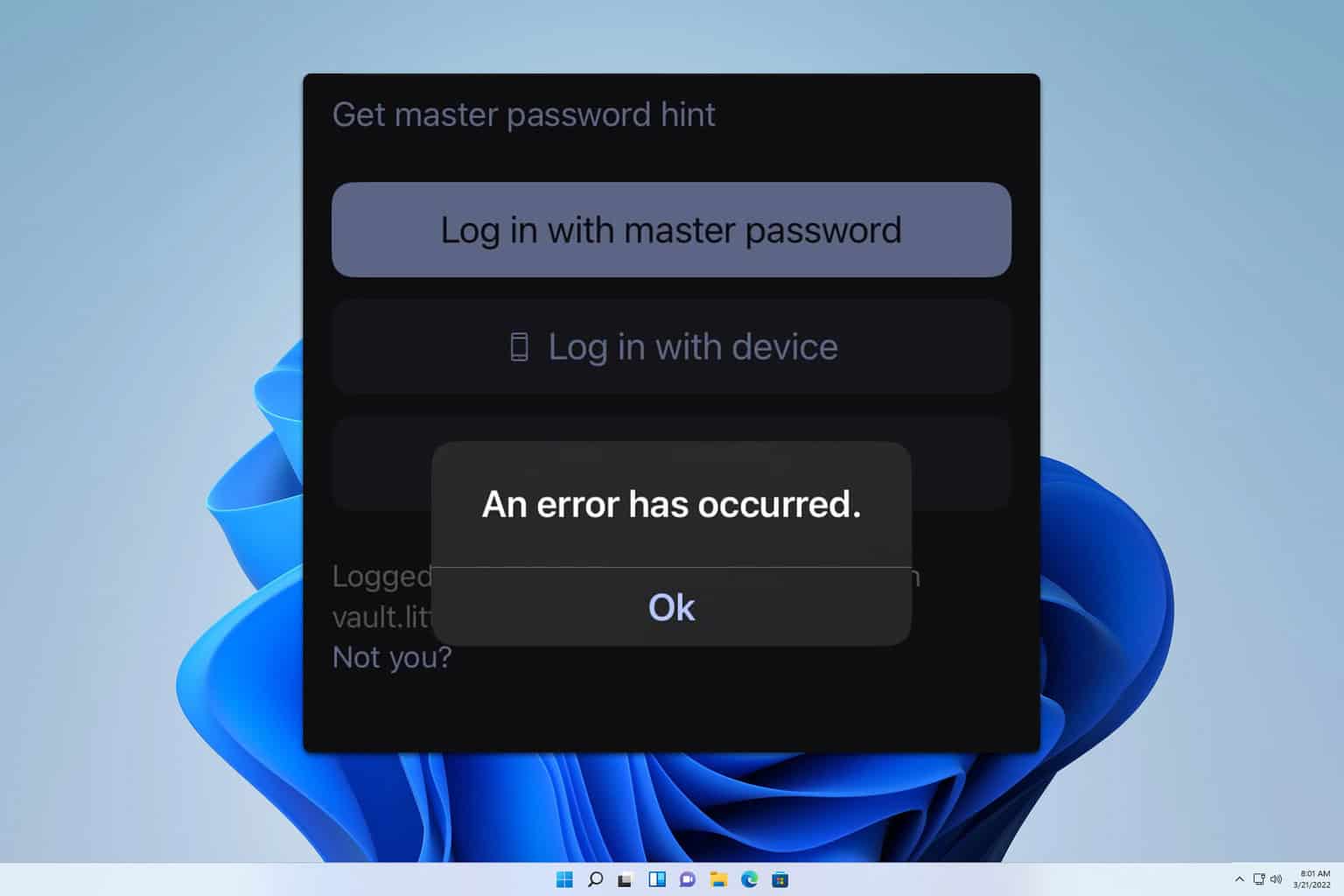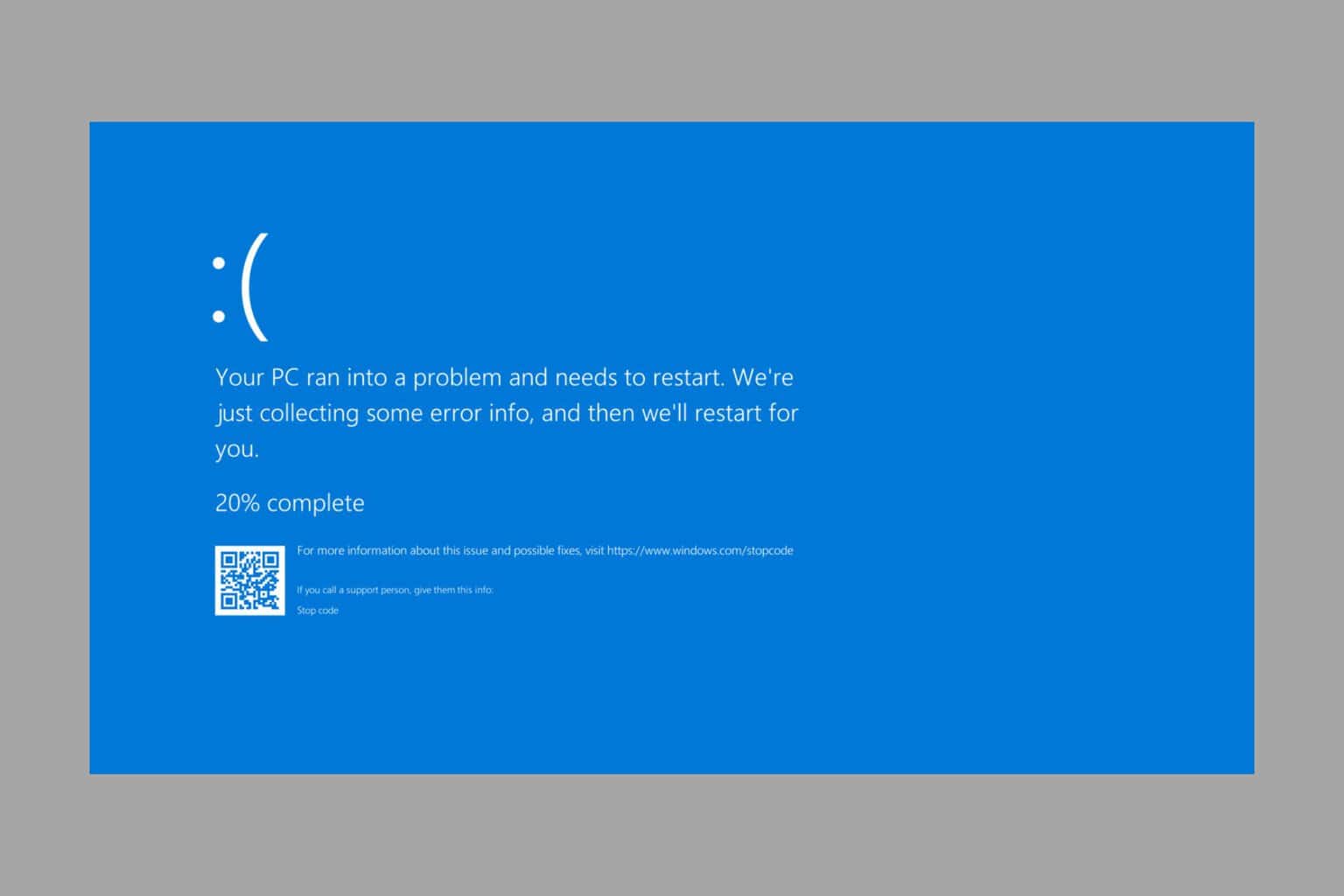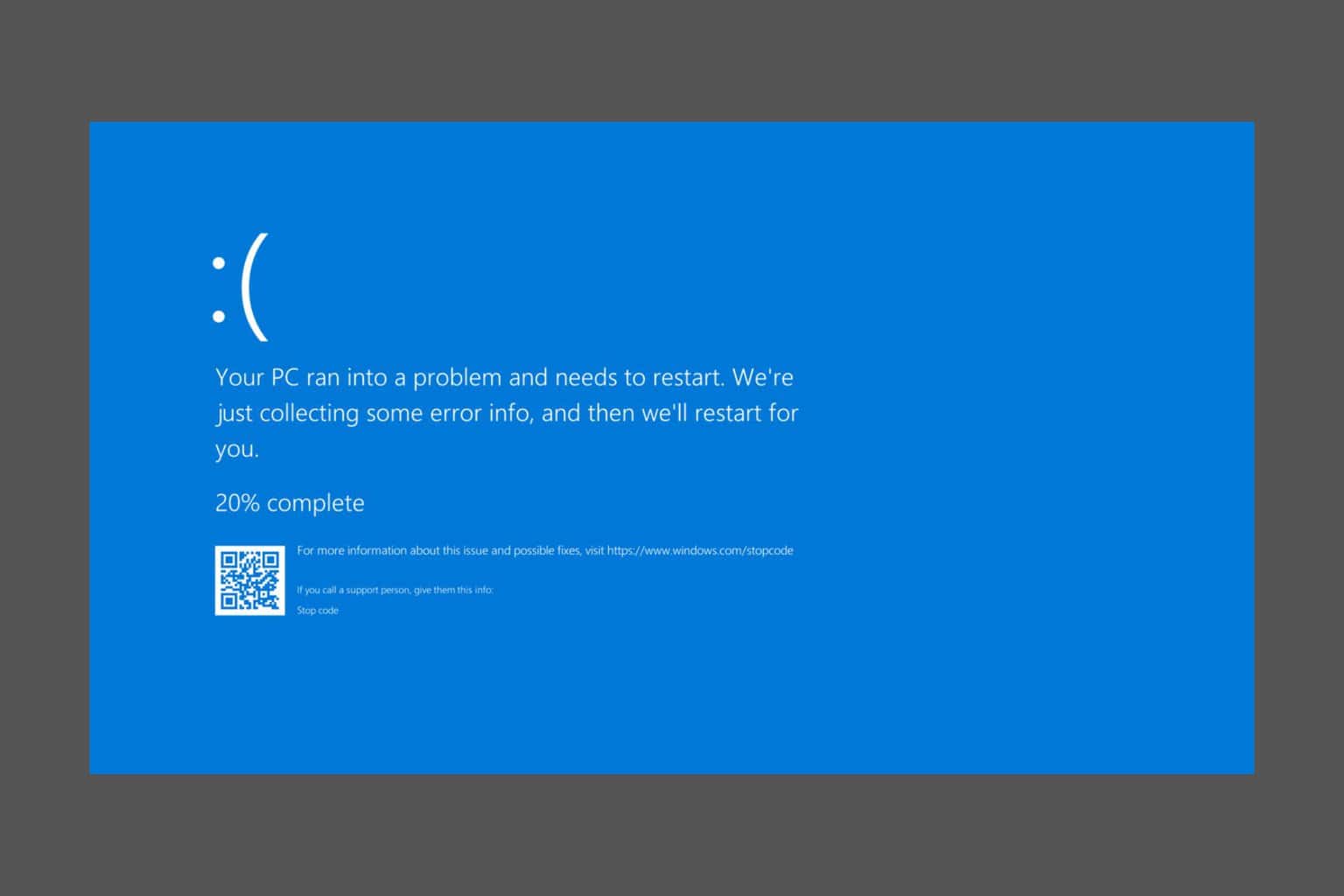New agreement to bring Microsoft’s broadband access initiative, Airband, to 4 million in Indiana, Ohio, and Illinois
2 min. read
Published on
Read our disclosure page to find out how can you help Windows Report sustain the editorial team Read more

Microsoft’s plan to leverage TV white space to bring low-cost broadband to areas is expanding to include service to four million people across Indiana, Illinois and Ohio by July 2022. The formal Microsoft Airband Initiative will partner with Watch Communications to deploy connectivity technologies, with an emphasis on wireless adoption to “50 counties in Indiana, 22 counties in Illinois and most counties in Ohio,” according to a recent press release from Microsoft.
“Every person deserves the same opportunity. But too often and in too many places, these opportunities are limited by where people live and their access to reliable and affordable broadband access,” said Shelley McKinley, general manager, Technology and Corporate Responsibility, Microsoft. “Microsoft is working across the country to close this gap. We’re partnering with Watch Communications to improve broadband access in Indiana, Illinois and Ohio and build on the incredible work being done by state and local leaders on this issue on behalf of their citizens.”
The specifics of Microsoft and Watch Communications’ approach include a mix of new and old technologies to bolster wireless connectivity through unused TV frequencies in lower population density or rural areas to improve support. Ideally, Microsoft’s Airband Initiative could help the combined $38.5 billion dollars agricultural value of farmers in the Ohio, Indiana, and Illinois areas.
Improved connectivity will bolster economic, educational and telehealth opportunities for everyone in the region, and could be particularly impactful for this region’s farmers. Together, Indiana, Illinois and Ohio account for more than $38.5 billion in agricultural value, with all three ranking in the top 16 states by agricultural output, according to the USDA. With broadband access, farmers can take advantage of advanced technologies such as precision agriculture which can help better monitor crops and increase yields.
While it’s relatively good news that two public-private sector businesses are coming together to improve the economic, educational, and “telehealth” opportunities for residents in rural areas across the U.S., it should be noted that the government has abdicated the responsibility to provide what is becoming a basic necessity to roughly 21 million people who have no access to broadband internet connectivity.








User forum
0 messages